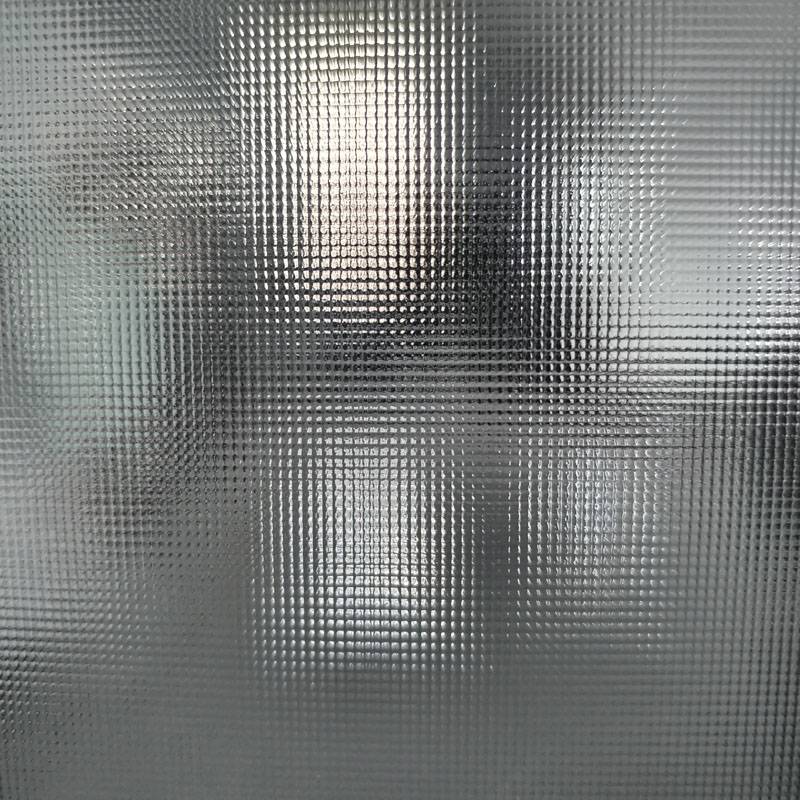The Features of Tempered Glass A Comprehensive Overview
Tempered glass, also known as toughened glass, has become a popular material in various applications, ranging from architectural designs to automotive uses. Its unique characteristics make it an ideal choice for both safety and aesthetic appeal. In this article, we will explore the primary features of tempered glass that underscore its significance in modern construction and design.
The Features of Tempered Glass A Comprehensive Overview
Another critical feature is the safety aspect of tempered glass. When broken, tempered glass shatters into small, blunt pieces rather than sharp shards, which significantly reduces the risk of injury. This characteristic is particularly important in applications such as shower enclosures, glass tables, and as safety glass in cars. By minimizing sharp edges, tempered glass provides peace of mind for everyday use, particularly in homes with children or in public spaces.
tempered glass features
Thermal resistance is also a notable feature of tempered glass. The manufacturing process that involves rapid heating and cooling endows the glass with the ability to withstand temperature fluctuations. This thermal endurance makes it suitable for environments exposed to high heat, such as kitchen countertops and oven doors. Moreover, tempered glass is less prone to thermal breakage, which means it can maintain its integrity even in extreme temperature changes.
In addition to strength and safety, tempered glass offers remarkable design flexibility. It can be produced in various thicknesses, sizes, and finishes, allowing architects and designers to create visually appealing structures. The clarity and transparency of tempered glass enable seamless integration into contemporary designs, providing an elegant solution to both residential and commercial needs. Furthermore, it can be treated with coatings and tints to enhance privacy and control glare, making it a versatile choice in various aesthetic contexts.
Lastly, tempered glass is also resistant to impact and weathering, giving it a longer lifespan compared to ordinary glass. This durability reduces the need for frequent replacements, ultimately saving time and expense in maintenance. Its resistance to UV exposure also means that it doesn’t degrade as quickly as other materials, ensuring that it retains its clarity and structural integrity over the years.
In conclusion, the features of tempered glass—its strength, safety, thermal resistance, design flexibility, and durability—make it an invaluable material in modern architecture and design. As trends continue to evolve, the importance of using high-quality materials like tempered glass in various applications will only increase, catering to the demand for safety, style, and function.
 Afrikaans
Afrikaans  Albanian
Albanian  Amharic
Amharic  Arabic
Arabic  Armenian
Armenian  Azerbaijani
Azerbaijani  Basque
Basque  Belarusian
Belarusian  Bengali
Bengali  Bosnian
Bosnian  Bulgarian
Bulgarian  Catalan
Catalan  Cebuano
Cebuano  Corsican
Corsican  Croatian
Croatian  Czech
Czech  Danish
Danish  Dutch
Dutch  English
English  Esperanto
Esperanto  Estonian
Estonian  Finnish
Finnish  French
French  Frisian
Frisian  Galician
Galician  Georgian
Georgian  German
German  Greek
Greek  Gujarati
Gujarati  Haitian Creole
Haitian Creole  hausa
hausa  hawaiian
hawaiian  Hebrew
Hebrew  Hindi
Hindi  Miao
Miao  Hungarian
Hungarian  Icelandic
Icelandic  igbo
igbo  Indonesian
Indonesian  irish
irish  Italian
Italian  Japanese
Japanese  Javanese
Javanese  Kannada
Kannada  kazakh
kazakh  Khmer
Khmer  Rwandese
Rwandese  Korean
Korean  Kurdish
Kurdish  Kyrgyz
Kyrgyz  Lao
Lao  Latin
Latin  Latvian
Latvian  Lithuanian
Lithuanian  Luxembourgish
Luxembourgish  Macedonian
Macedonian  Malgashi
Malgashi  Malay
Malay  Malayalam
Malayalam  Maltese
Maltese  Maori
Maori  Marathi
Marathi  Mongolian
Mongolian  Myanmar
Myanmar  Nepali
Nepali  Norwegian
Norwegian  Norwegian
Norwegian  Occitan
Occitan  Pashto
Pashto  Persian
Persian  Polish
Polish  Portuguese
Portuguese  Punjabi
Punjabi  Romanian
Romanian  Russian
Russian  Samoan
Samoan  Scottish Gaelic
Scottish Gaelic  Serbian
Serbian  Sesotho
Sesotho  Shona
Shona  Sindhi
Sindhi  Sinhala
Sinhala  Slovak
Slovak  Slovenian
Slovenian  Somali
Somali  Spanish
Spanish  Sundanese
Sundanese  Swahili
Swahili  Swedish
Swedish  Tagalog
Tagalog  Tajik
Tajik  Tamil
Tamil  Tatar
Tatar  Telugu
Telugu  Thai
Thai  Turkish
Turkish  Turkmen
Turkmen  Ukrainian
Ukrainian  Urdu
Urdu  Uighur
Uighur  Uzbek
Uzbek  Vietnamese
Vietnamese  Welsh
Welsh  Bantu
Bantu  Yiddish
Yiddish  Yoruba
Yoruba  Zulu
Zulu 

